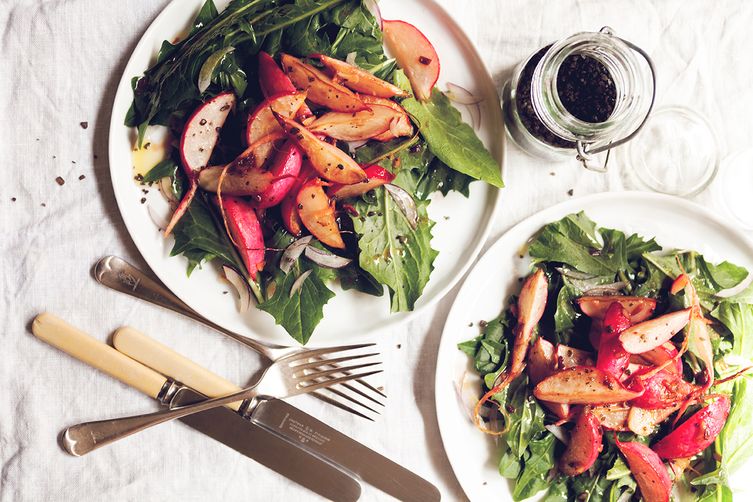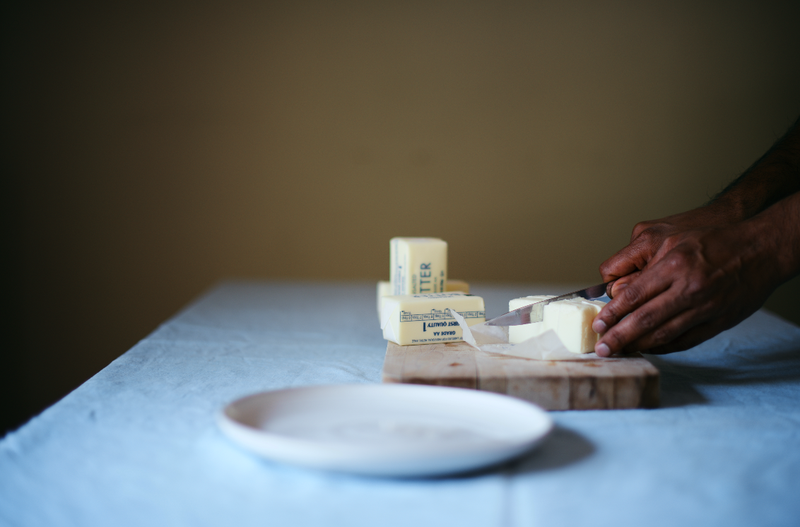Popular on Food52
Continue After Advertisement
5 Comments
Rahul P.
July 18, 2017
Nyc recipe, I love to consume ghee by adding ghee in food. I want to know how different is home made ghee from other ghee which are available in a market. can you tell me about this ghee https://awesomedairy.com/product/gowardhan-ghee-1-liter-pouch/
tamater S.
April 2, 2017
I'm a little confused - is there a difference between Ghee and Brown Butter? It seems like they're the same. I see people are straining out the brown bits, but I always let the solids stay in the butter till it's cool, and then mix it so the brown solids stay suspended, which is just something I started doing years ago.
tamater S.
April 2, 2017
P.S.: Loved reading this. It's so nice to think of people's moms and gramma's cooking... previous generations, other countries... Yeah, this was dreamy to read!
themessimake.com
August 29, 2015
This article reminds me of my childhood when my mom made ghee at home using the same method as your mom! :) My mom used to save the brown milk solids and mixed in some granulated sugar and cinnamon and enjoyed this cookie crumbs-like texture dessert/snack.
I've never made ghee myself but I may have to give it a try now!
I've never made ghee myself but I may have to give it a try now!
Susan W.
August 28, 2015
I've been making ghee for a few years now. I'd love to try your mom's method starting from milk. Here in Oregon, we can buy raw milk from grass fed cows directly from the farmer. Until then, I really like the oven method using unsalted butter from grass fed cows. My favorites are Kerrygold and Organic Valley.
I take a pound of butter and place it in a smallish heavy bottomed pot. I use my 3.5 qt Le Creuset. Put it in a 300f oven. No skimming, no stirring necessary. I let it go until the milk solids are deep brown. It's usually ready when people start asking who's baking cookies. It takes about 70 minutes in my oven. Then I let it sit for just a few minutes and strain it. I never thought to use the milk solids for flavoring, but I love the flavor they have, so I'll start. I usually just snack on them. I think they'd be fabulous on a piece of crusty grilled bread.
I take a pound of butter and place it in a smallish heavy bottomed pot. I use my 3.5 qt Le Creuset. Put it in a 300f oven. No skimming, no stirring necessary. I let it go until the milk solids are deep brown. It's usually ready when people start asking who's baking cookies. It takes about 70 minutes in my oven. Then I let it sit for just a few minutes and strain it. I never thought to use the milk solids for flavoring, but I love the flavor they have, so I'll start. I usually just snack on them. I think they'd be fabulous on a piece of crusty grilled bread.















See what other Food52 readers are saying.